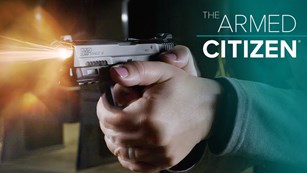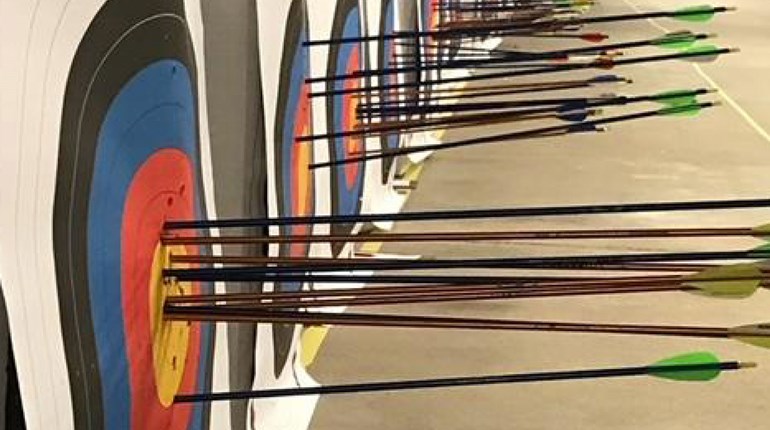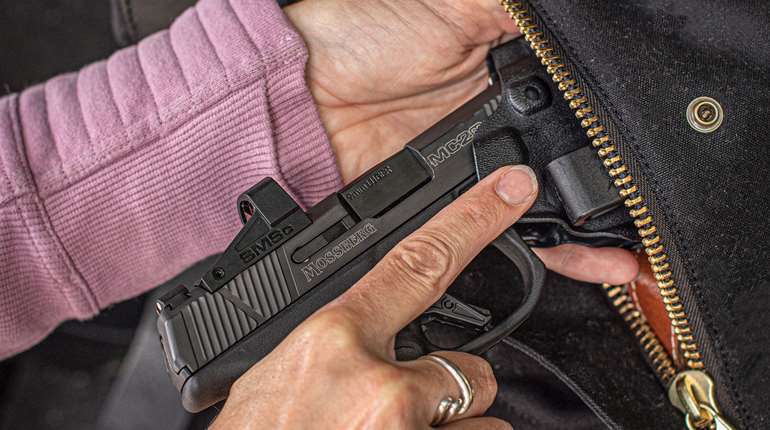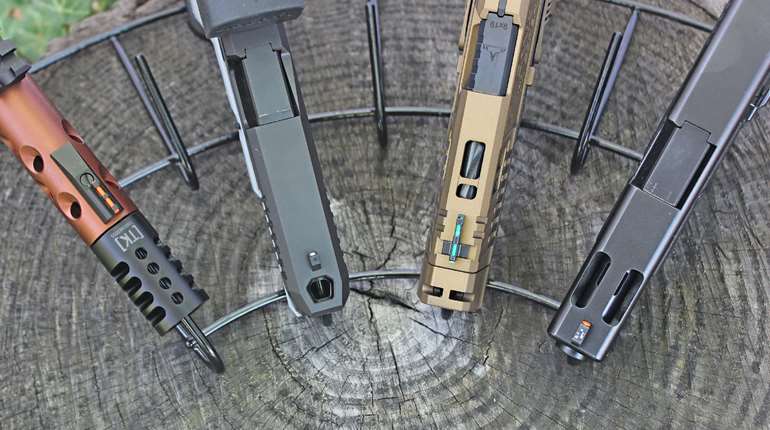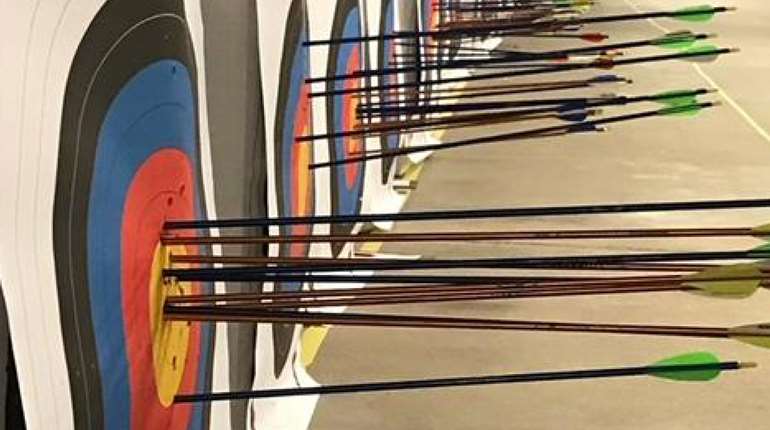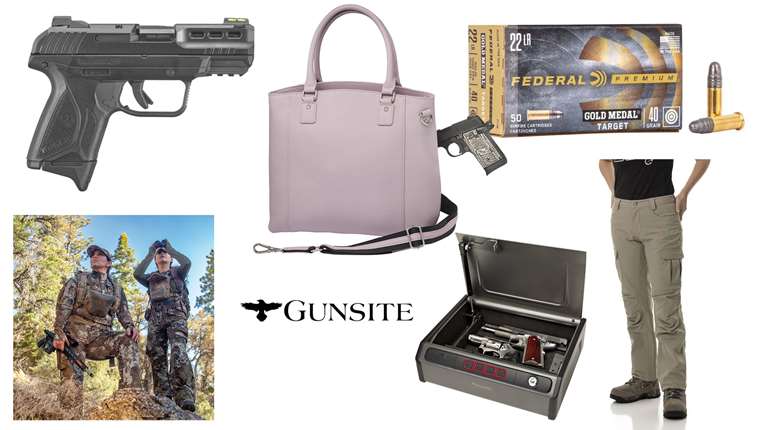
Unless you’ve spent a lifetime using firearms and ammunition regularly, it can sometimes be frustrating trying to discern if ammunition that you have on hand is good, bad or if it’s even safe to use. Let’s look at a few points to help you discern the safest course of action when you run across a box of ammo in storage and must decide whether to use it.
1. Packaging and History
How is the ammo packaged? Is it in factory packaging? Is it in plastic boxes (indicating it is likely handloads or reloads)? Was it a box of odds and ends inherited from a family member?
Points to consider:
- Is the packaging new? Old? Dirty?
- Are there signs of water damage or thermo-cycling, as if it’s been out in the weather or an unheated garage? Is there sun-fading or washed-out printing on the box?
- Where did the ammo come from? Can that person tell you the exact origin and history?
If the ammo shows signs of exposure to the elements, that is one indication that it’s not safe to use. Ammo without a clear history should also be avoided. *See below regarding reloads.
2. Look at and Touch the Ammo
- Physically inspect the ammo. Does it show corrosion or damage?
- Touch the rounds. Are there shorter or longer rounds? (Have any bullets been pressed further into the brass case?)
- Are they crisp and clean? Dented? Corroded or look like they have any residue around them?
- Are there marks on the cases as if they had been cycled through a gun? Any dents in the brass?
If ammo shows damage, wear, corrosion, or looks like it was wet, DO NOT USE IT.
3. When in Doubt, Throw it Out.
If you cannot definitely say where the rounds are from, what load they are, or when they were purchased—do not use them.
Reasons why:
- Old or bad ammo, wet powder, thermo-cycling, and degraded primers or powder all equate to potential for misfires or hang fires. This means the powder or primer might not ignite correctly and could cause the gun to fire after you hear a “click” and think it’s a “dud” round.
- Using bad ammo means you risk damage to firearm or damage to yourself!
- Pressure issues. Even if the ammo looks great and is pristine, and your great uncle/cousin/sibling says it’s fine, without factory packaging, you are not certain that a load isn’t too hot or something like a magnum load that should only be run in a specific gun. The risk is too great, and cost savings too small, to use any ammo of which you are not 100 percent certain it’s safe to use.
One of the biggest lessons that people who grow up around firearms learn is that safety in using them is paramount. NEVER put ammo into a gun without checking that it’s the correct caliber, cartridge length, and the right power (magnum vs. regular loads) for the gun and barrel you are shooting. If you are not sure, get help!
Go to your local FFL. Leave your empty gun and the ammo in your car. Walk in and explain your question and ask if you can bring it in to get some help. Any good FFL will want to either earn your business by sharing knowledge or sell you ammo.
It’s OK to ask for help in online forums—sometimes there are knowledgeable people willing to help, but do not take the word of anyone online as gospel truth. It can be a great trouble-shooting or fact-finding tool, but the internet and people online, who are not someone you physically know and trust, are strangers. Strangers are not the best source for information that can impact your safety!
Understand that anyone who owns a firearm has run into moments of wondering, “What is this box of ammo for?” especially when they own multiple firearms or have inherited family pieces. But no amount of savings can replace an eye or your fingers or more. Only use ammo that you can 100 percent guarantee is the right ammo for your gun and of good quality. Treat it like you would if you were going to hand that gun and ammo to your child—would you ever let them do something risky with a firearm? The answer is an unquestionable NO!
Wrapping up, treat firearms like your car: Only put the correct “fuel” in them. Only run them on quality ammo you trust, and that you are certain is correct for that specific firearm and the targets you intend to shoot.




